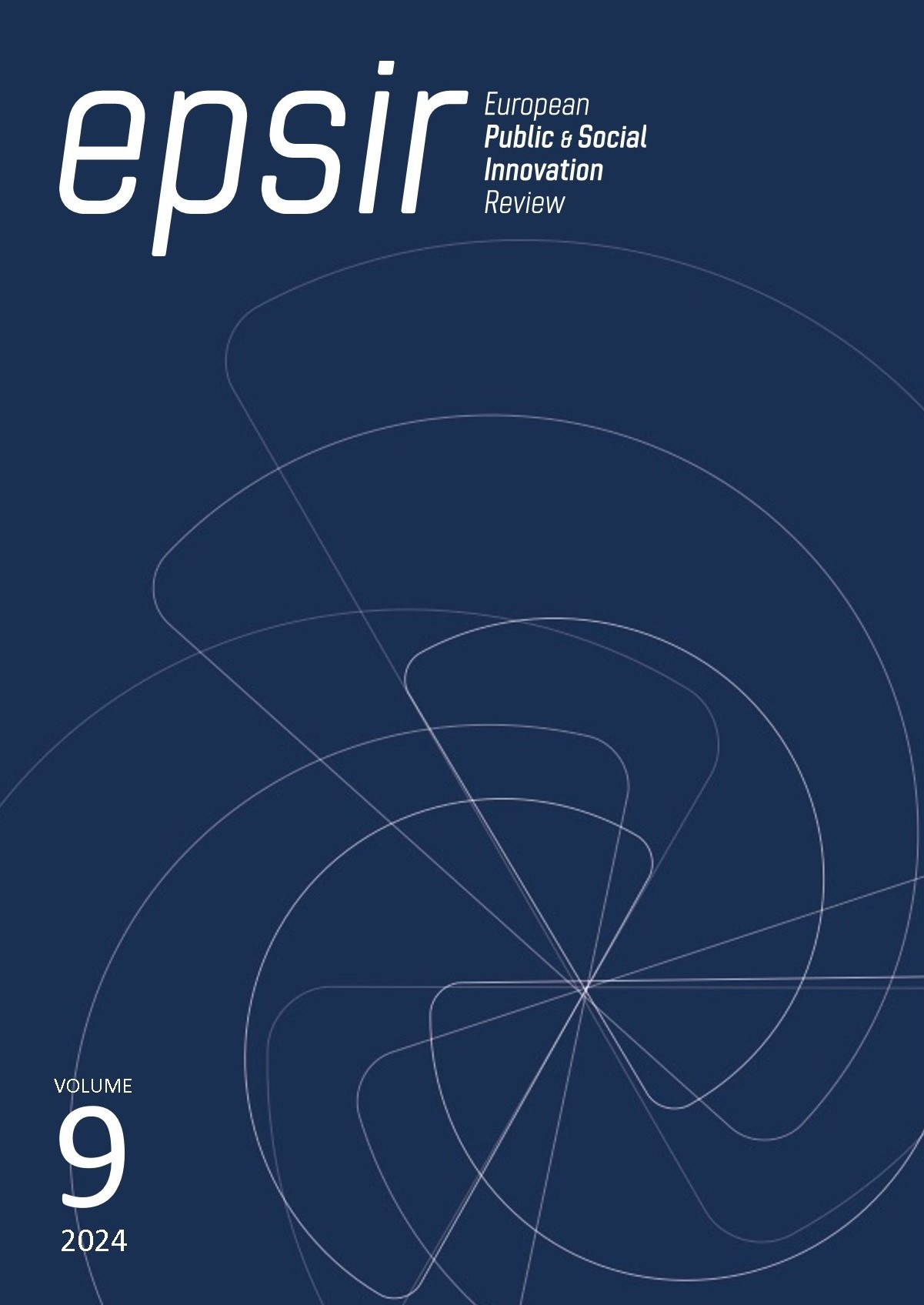La situación sociolaboral y económica de las mujeres riojanas en tiempos de crisis. Análisis comparativo (año 2021 y 2022)
DOI :
https://doi.org/10.31637/epsir-2024-1656Mots-clés :
precariedad laboral, población activa, población inactiva, tasa de mujeres ocupadas, crisis económica, empleo, Tasa de paro, brecha salarialRésumé
Introducción: Este estudio analiza la influencia del empleo en la construcción social y las fluctuaciones del mundo laboral, con un enfoque en la sociedad riojana, especialmente en Logroño. Se aborda la relevancia del empleo como herramienta para analizar la realidad social. Metodología: El objetivo es analizar la posición sociolaboral y económica de la población femenina en La Rioja, tomando en cuenta la crisis sanitaria y energética. Se comparan datos sobre la inserción laboral, la ocupación, el desempleo y la inactividad de las mujeres con los de la población masculina, para los años 2021 y 2022. Resultados: El análisis interseccional revela diferencias significativas entre la población femenina y masculina en cuanto a empleo, tasas de paro y participación laboral, especialmente después de la crisis sanitaria y energética. Conclusiones: El estudio destaca cómo las crisis recientes han afectado de manera desigual a las mujeres en La Rioja, lo que subraya la necesidad de políticas laborales que aborden estas desigualdades.
Téléchargements
Références
Bauman, Z. (2017). Tiempos líquidos: vivir en una época de incertidumbre. Barcelona: Tusquets Editores.
Castells, M. (2016). De la crisis económica a la crisis política, una mirada crítica [From the economic crisis to the political crisis, a critical view]. Barcelona: La vanguardia ediciones.
Durán Vázquez, J. F. (2008). La educación moral durkheimiana y la crisis de la esfera educativa en el mundo tardo-moderno. En Nómadas. Revista Crítica de Ciencias Sociales y Jurídicas, 17, 207-220.
Durkheim, E. (2018). «The division of labor in society». En Social stratification, 217-222. New York: Routledge.
Gobierno de La Rioja (2021). Plan de formación profesional y empleo 2021-2023. Dirección General. de Empleo, Diálogo Social y Relaciones Laborales.
Gobierno de La Rioja (2022). Instituto de Estadística de La Rioja. Logroño. Recuperado de: https://web.larioja.org/
Instituto Nacional de Empleo (2021). Observatorio de las Ocupaciones del SEPE. Padrón Municipal a 1 de enero de 2020.
Instituto Nacional de Estadística (INE) (2020). Resultados nacionales. Recuperado de: https://www.ine.es/jaxiT3/Datos.htm?t=6393#!tabs-tabla
Instituto Nacional de Estadística (INE) (2022). Resultados nacionales. Recuperado de: https://www.ine.es/jaxiT3/Datos.htm?t=6393#!tabs-tabla
Martínez-Agut, María Pilar (2022). Nueva Ley de la Formación Profesional (Ley Orgánica 3/2022): aportaciones y reflexiones desde la profesión docente. http://quadernsanimacio.net
Requena Santos, F. (1991). Redes sociales y mercado de trabajo. Elementos para una teoría del capital relacional. Madrid: Centro de Investigaciones Sociológicas, Colección Monografías, nº 119.
Sistema de Información de los Servicios Públicos de Empleo (2021). Observatorio de las Ocupaciones del SEPE.
Tezanos, José Félix (2004). Tendencias en desigualdad y exclusión social. Tercer foro sobre tendencias sociales, 2ª edición, actualizada y ampliada. Madrid: Sistema.
Tezanos, José Félix, Sotomayor, E., Sánchez Morales, M. R. y Diaz Moreno, V. (2013). En los bordes de la pobreza. Las familias vulnerables en tiempos de crisis. Madrid: Biblioteca Nueva.
Téléchargements
Publiée
Comment citer
Numéro
Rubrique
Licence
© Maria de los Ángeles Diaz Cama 2024

Ce travail est disponible sous licence Creative Commons Attribution - Pas d'Utilisation Commerciale - Pas de Modification 4.0 International.
Authors who publish with this journal agree to the following terms:- Authors retain copyright and grant the journal right of first publication with the work simultaneously licensed under Creative Commons Non Commercial, No Derivatives Attribution 4.0. International (CC BY-NC-ND 4.0.), that allows others to share the work with an acknowledgement of the work's authorship and initial publication in this journal.
- Authors are able to enter into separate, additional contractual arrangements for the non-exclusive distribution of the journal's published version of the work (e.g., post it to an institutional repository or publish it in a book), with an acknowledgement of its initial publication in this journal.
- Authors are permitted and encouraged to post their work online (e.g., in institutional repositories or on their website) prior to and during the submission process, as it can lead to productive exchanges, as well as earlier and greater citation of published work (See The Effect of Open Access).




